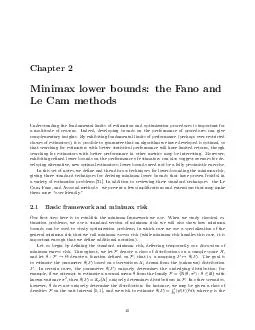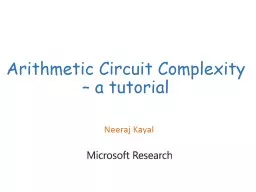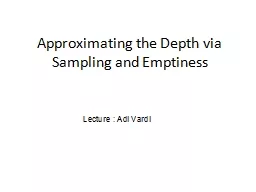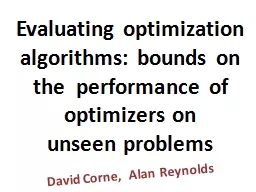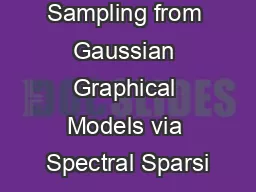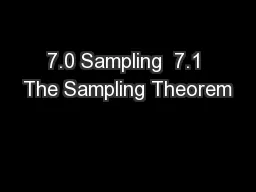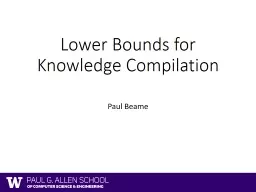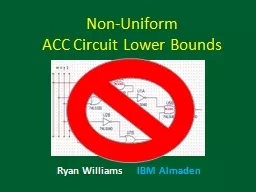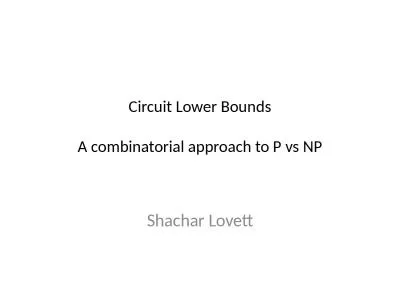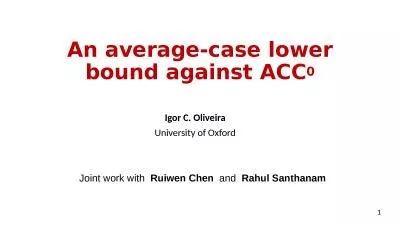PPT-Lower Bounds via the Cell-Sampling Method
Author : karlyn-bohler | Published Date : 2020-01-26
Lower Bounds via the CellSampling Method Omri Weinstein Columbia Locality in TCS LocalitySparsity is central to TCS and Math PCP Theorems LocallyDecodable Codes
Presentation Embed Code
Download Presentation
Download Presentation The PPT/PDF document "Lower Bounds via the Cell-Sampling Metho..." is the property of its rightful owner. Permission is granted to download and print the materials on this website for personal, non-commercial use only, and to display it on your personal computer provided you do not modify the materials and that you retain all copyright notices contained in the materials. By downloading content from our website, you accept the terms of this agreement.
Lower Bounds via the Cell-Sampling Method: Transcript
Download Rules Of Document
"Lower Bounds via the Cell-Sampling Method"The content belongs to its owner. You may download and print it for personal use, without modification, and keep all copyright notices. By downloading, you agree to these terms.
Related Documents


